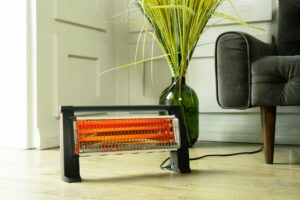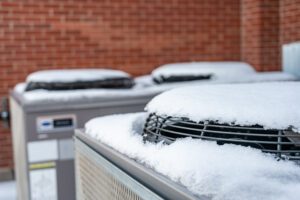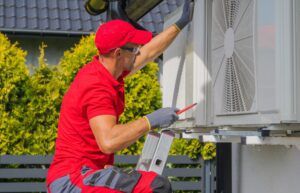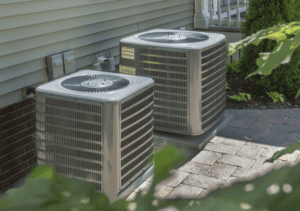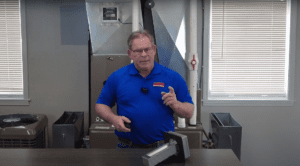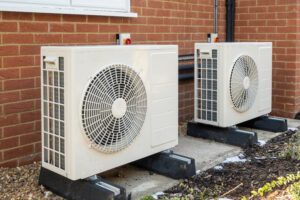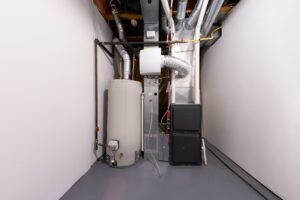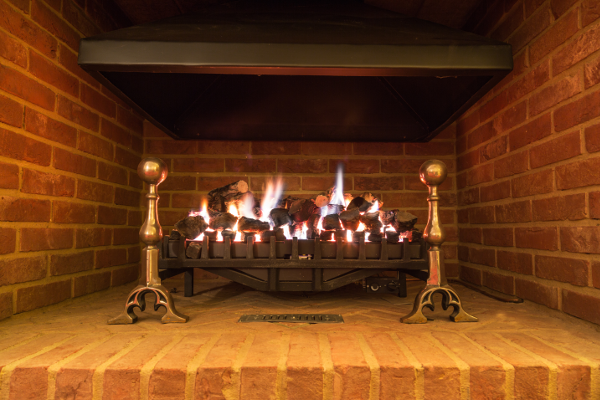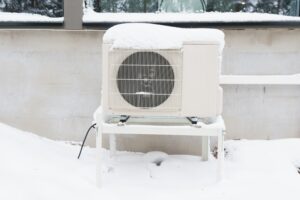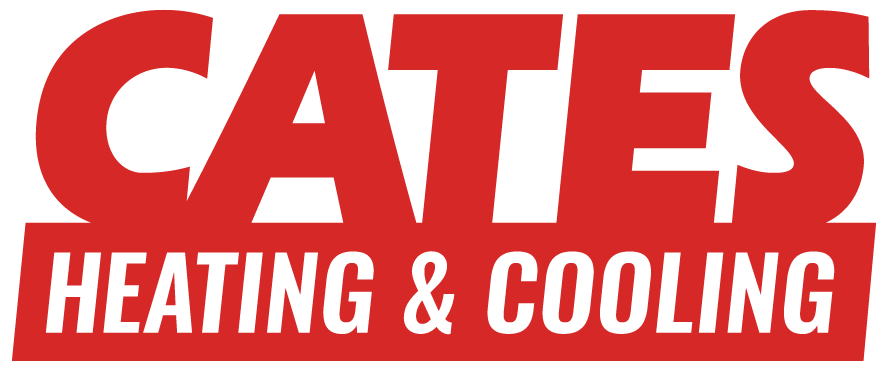It’s winter and, if you are like many homeowners, you’re looking for ways to supplement your main heating source. Perhaps you want to warm parts of the house that are always chilly or save money by heating the rooms you spend the most time in while keeping the rest of the house cooler. Maybe you are looking for an emergency heating option should you experience a winter power outage.
Whatever your heating needs, there are a number of options on the market. Here’s your guide to finding the right one for you.
Space Heaters
Space heaters come in a wide range of heating capacities and are designed to warm a single room or small space by focusing heat in areas you need it instead of running your central heating system at full blast. Space heaters are usually powered via electrical outlet but some run on propane, natural gas, kerosene, or wood pellets.
Pros of space heaters:
- Energy efficient: Instead of heating the whole house, space heaters allow you to direct heat to areas you frequent, limiting your home’s environmental impact.
- Lower energy bills: it is cheaper to use a space heater than to rely solely on your central heating system.
Cons of space heaters:
- Space heaters can be a safety hazard if used improperly: More than 25,000 house fires and over 6,000 emergency room visits each year are blamed on space heaters.
- Children and pets love to be warm and are often drawn to space heaters, risking injury.
- Should not be used unsupervised or at night while you are sleeping.
Popular Types of Space Heaters
Radiant (radiator) Heaters:
These heaters warm the small areas in their “line of sight”. Instead of heating the air, radiant heaters give off radiating heat waves that warm clothes, skin, and objects.
Radiant heaters work best if you are trying warm a specific spot in your house, like a play corner or your favorite reading nook. Radiant heaters are especially effective in drafty areas and rooms with high ceilings.
Pros:
- Indoor and outdoor use
- Very efficient and warm areas quickly
- Typically small and portable
Cons:
- Don’t circulate heat around a room
- May be dangerous to small children and pets if heating elements are exposed
Convection Heaters:
Also known as forced air heaters, they use a fan to circulate warm air, thus they work best in enclosed areas that are properly insulated. Because they warm up the air itself, convection heaters take longer to raise the temperature in the room.
Pros:
- Heats the entire room
- Best in small, well-insulated areas
Cons:
- Less energy efficient than radiant heaters.
- Because they use a fan to circulate air, they are louder than other options and often kick up dust
- Relatively ineffective in poorly insulated areas
Filler Space Heaters:
These heaters are filled with a material (usually oil) that is heated with electricity. It takes a while for the filler to warm up, once it is heated, it generates uninterrupted heat to the whole room.
Pros:
- No exposed heating coils or electrical elements that pose threat of injury or fire
- Very quiet
Cons:
- Quite heavy, larger, and more difficult to move around
- Take longer to heat up and cool down
Fireplaces
Fireplaces are cozy and cheery on cold, winter days but they aren’t portable, so fireplaces can only heat the area of the house in which they are located. However, you can use some fireplaces effectively for “zone heating”.
Wood Burning Fireplaces
These are the least efficient types of fireplaces for generating heat. Nearly 80% of the heated air is lost up the chimney of a traditional fireplace. If your goal is to generate supplemental or emergency heat, a wood fireplace is not an efficient option, despite its cheery crackle.
In addition to inefficient heat, wood burning fireplaces require more maintenance than all other fireplace options, pose greater fire risk, and demand a supply of chopped, dry wood.
Gas Fireplaces
Gas log fireplaces are far more efficient than wood fireplaces. About 70% of the generated heat stays in your home. They can be remote controlled and provide all the benefits of a wood burning fireplace without the mess, maintenance hassle, and fire hazards.
Vented Gas Fireplace:
These fireplaces work very similarly to a traditional wood fireplace, but they burn gas or propane and they look almost exactly like a traditional wood fireplace! Most traditional fireplaces can be converted to vented gas.
Pros:
- Easier and less expensive to install than wood burning fireplaces
- Many options on where vented fireplaces can be installed
- Look very similar to wood burning fireplaces
- Very efficient at generating heat
Cons:
- Use more gas than ventless gas fireplaces
- Put out less heat than ventless gas fireplaces, but far more than wood burning
- Usually need an existing fireplace and chimney in your home (or have significant installation costs)
Ventless Gas Fireplace:
These fireplaces burn gas or propane and use the air in your home to generate heat. They are the most efficient type of fireplace because all the heat remains inside and there is no connection to the outside.
Pros:
- Most efficient fireplace option for heat source
- Can be installed almost anywhere
Cons:
- Logs are set by the manufacturer and cannot be rearranged
- Some people are sensitive to the combustion byproducts
- Higher risk of carbon monoxide poisoning
- Produce moisture and sometimes condensation on windows
- Less natural, bluish flame
Now that you’re armed with the pros and cons of the main supplemental heat options you’ll be able to choose your best option to efficiently heat that drafty corner of your house or not have to worry about a winter power outage.


